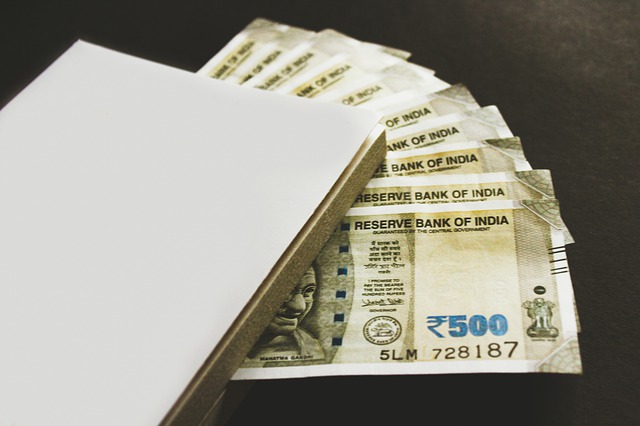The gratuity is an advantage gotten by a worker for administrations rendered to an association. For organizations secured under the Gratuity Act, this advantage is when a representative finishes at least five years of administration with the business. A worker gets a gratuity when he/she leaves, resigns, or is laid off. If there is a situation of death or disablement, there is no base qualification period.
There is no set rate stipulated by law for the measure of gratuity a representative should get – a business can utilize an equation-based approach or even pay higher than that. Gratuity payable relies upon two elements: Last drawn pay and long periods of administration. To figure out how a lot of gratuities is payable, the Payment of Gratuity Act, 1972 has separated non-government representatives into two classes:
1) Employees secured under the Act
2) Employees not secured under the Act

(1) For workers secured under the Act
There is an equation utilizing which the measure of gratuity payable is determined. The equation depends on the 15 days of last drawn compensation for each completed year of administration or part thereof more than a half year.
The calculation is as per the following:
(15 X last drawn pay X residency of working) partitioned by 26
Here last drawn pay implies basic pay, dearness stipend, and commission got on deals.
Assume A’s last drawn fundamental compensation is Rs 60,000 per month, and he has worked with ABC Ltd for 20 years and seven months. For this situation, utilizing the recipe above, gratuity will be determined as:
(15 X 60,000 X 21)/26 = Rs. 7.26 lakh
In the above case, we have accepted 21 years as the residency of administration. This case is accepted because A has worked for over half a year in a year. If A had worked for 20 years and five months, 20 years of administration will be considered while computing the gratuity sum.
(2) For workers not secured under the Act
No law limits a business from paying gratuity to their representatives regardless of whether the association does not come under the Gratuity Act.
The measure of gratuity payable to the worker can be determined dependent on a large portion of the month’s pay for each completed year. Here likewise, compensation is comprehensive of essential, dearness remittance, and commission dependent on extra work.
The equation is as per the following:
(15 X last drawn compensation X residency of working) / 30
In contrast to the previously mentioned scenario, if A’s association does not come under the Gratuity Act, at that point his gratuity will be determined as:
(15 X 60,000 X 20)/30 = Rs 6 lakh
Here the quantity of long periods of administration is assumed the premise of each finished year. Along these lines, since A has worked with the organization for 20 years and seven months, A’s tenure will be taken as 20 and not 21.
According to the administration’s beneficiaries’ entrance site, retirement gratuity is determined this way: one-fourth of a month’s fundamental compensation in addition to dearness stipend drawn before retirement for each finished six month to month time of passing assistance. The retirement gratuity payable is multiple times the essential compensation subject to a limit of Rs 20 lakh.
If you are seeking some device to calculate your gratuity amount you can simply click this link and VISIT THE TOOL.
